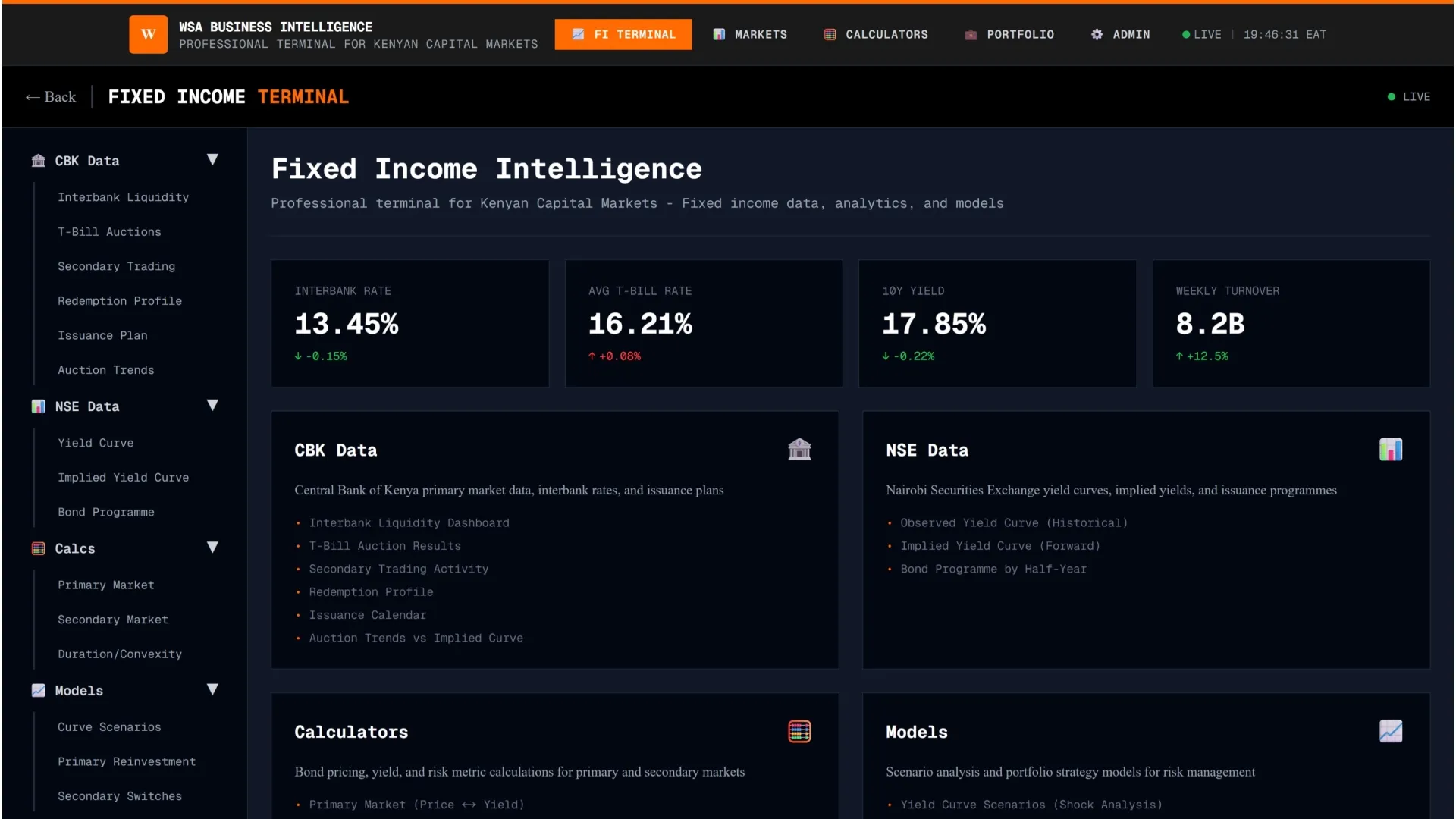The cost of living in Kenya edged up slightly in October as prices of key household items and electricity rose, even though staple foods like maize flour became cheaper.
- •Fresh data from the Kenya National Bureau of Statistics (KNBS) shows that inflation stood at 4.6%, unchanged from September, reflecting modest price increases in the food, transport and housing categories.
- •The Bureau said the price of tomatoes jumped by 1.2% in October alone, pushing the average cost to KSh87.88 per kilo, up from KSh64.01 a year earlier — a 37% surge.
- •Core inflation — which excludes volatile food and energy prices — eased slightly to 2.7% from 2.9 per cent in September, signalling contained underlying price pressures.
“Food and Non-Alcoholic Beverages rose by 8.0 per cent year-on-year, continuing to exert the biggest pressure on household budgets,” KNBS Director-General Macdonald Obudho said in the report.
Oranges recorded a 4.2% monthly increase, while mangoes rose 3.8%. In contrast, the prices of key staples such as sifted maize flour and fortified maize flour fell by 2.3% and 2.2%, respectively. Sugar prices eased slightly by 0.5%, while beans and kale (sukuma wiki) were marginally cheaper.
Power bills rose sharply, with the cost of 200 kWh rising 3.0% to KSh 5,764, and that of 50 kWh up 3.3 per cent to KSh 1,315. However, the price of LPG gas dropped by 0.6%, offering partial relief to households.
Transport costs rose 4.8% in the year to October, driven by higher matatu and country bus fares, which increased by 1.4% during the month. Fuel prices remained unchanged, with petrol retailing at KSh185.59 per litre and diesel at KSh172.64.
The housing, water, electricity and gas category posted a 1.9% annual rise, mainly on account of higher electricity tariffs despite the drop in LPG prices.




